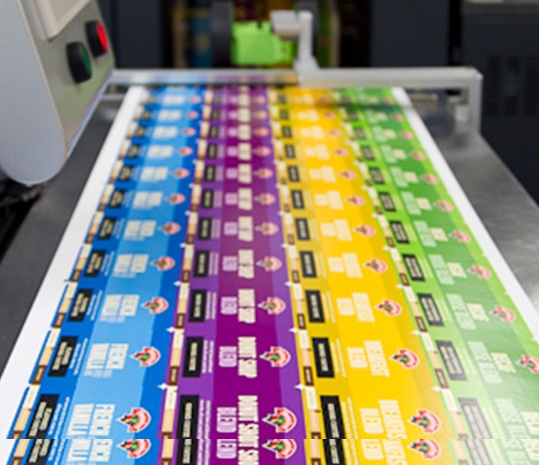India has a diverse range of printing technologies that are used for various printing applications. Here are some of the popular printing technologies used in India:
- Offset Printing: This is one of the most widely used printing technologies in India, especially for large print runs. Offset printing uses a metal plate to transfer ink to a rubber blanket, which then prints the image onto the paper.
- Digital Printing: Digital printing is a newer printing technology that is gaining popularity in India. It uses digital files to print images directly onto paper or other materials without the need for a printing plate. This technology is suitable for short print runs and allows for on-demand printing.
- Flexographic Printing: This printing technology is used to print on flexible packaging materials such as plastic films, paper, and labels. It uses a flexible printing plate and is suitable for printing high-quality images on a variety of materials.
- Screen Printing: Screen printing is a versatile printing technology that can be used to print on a variety of materials such as paper, fabric, and plastic. It involves using a stencil or mesh screen to transfer ink onto the printing material.
- Gravure Printing: Gravure printing is a high-volume printing technology used for printing on magazines, newspapers, and packaging. It uses engraved cylinders to transfer ink onto the printing material.
- Letterpress Printing: Letterpress printing is a traditional printing technology that is still used in India for printing on specialty materials such as invitations, business cards, and stationery. It involves pressing ink onto the printing material using a metal plate.
In addition to these printing technologies, India also has a growing 3D printing industry, which uses additive manufacturing techniques to create three-dimensional objects from digital designs.


